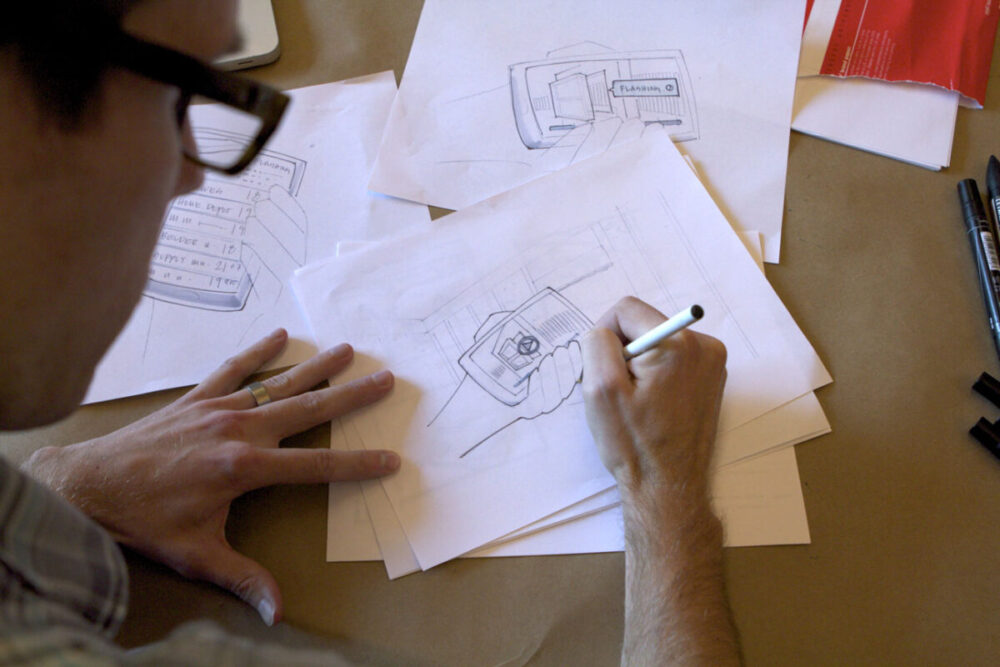
Everyone has ideas, but turning those ideas into something real—that’s where the magic happens. In our fast-paced world, innovation isn’t just a buzzword; it’s a necessity. New inventions drive progress, solve problems, and improve our quality of life.
Tap into Your Creativity
Creativity fuels invention. It’s the spark that turns a thought into something more. Boosting your creativity isn’t just about thinking outside the box; it’s about making connections between different concepts. Here are some ways to get the creative juices flowing:
Keep a Journal: Write down your ideas, thoughts, and observations.
Take Breaks: Sometimes, stepping away from a problem can provide fresh perspectives.
Surround Yourself With Different Ideas: Whether it’s reading different genres, listening to various music styles, or engaging with diverse cultures, exposing yourself to new experiences broadens your creative scope.
Brainstorm: This is a group activity where you gather people to think freely and generate ideas.
Identify a Problem or Need

Before you can invent something, you need to know what problem you’re trying to solve. The best inventions address real-world issues that affect either a large number of people or a specific community in a meaningful way. Here’s how to identify problems or needs:
Observe: Pay attention to what’s happening around you.
Ask Questions: Once you have a general idea, ask questions to narrow it down.
Get Specific: Using our waste example, instead of aiming to solve global waste, focus on a particular type like plastic waste in oceans.
Examples: Think about inventions like the GPS, which solves the problem of navigation, or the water purifier, which addresses the issue of clean drinking water.
Research and Market Analysis
Once you’ve identified a problem, it’s crucial to research. This step helps you understand if your idea is truly original and if there’s a market for it.
Web Search: Look for existing solutions and competitors. A simple web search can tell you if someone has already implemented your idea.
Surveys and Questionnaires: Use these tools to gather information on what potential users think about your idea.
Competitive Analysis: Identify competitors and evaluate their products. This will help you find a unique selling point for your invention.
Website: Utilize each reliable website available for market trends and consumer behavior.
Sketch Your Idea

Visualization plays a critical role in bringing your idea to life. Here are some tips:
Use Basic Tools: Pencil and paper are enough to start. Sketch the basic elements of your invention to see how they fit together.
Create a Prototype: A digital or physical prototype will give you a better idea of what the end product will look like.
Iterative Process: Don’t worry if your first sketch isn’t perfect.
Develop a Prototype
A prototype turns your sketch into a functional model. This is where you’ll get hands-on, using materials and tools to create a working version of your invention.
Choose Materials: Depending on your invention, you might need anything from cardboard and glue to electronic components.
Use Tools: Common tools include hammers, screwdrivers, or even software for digital prototypes.
Test and Refine: Once built, test your prototype under different conditions to see how it performs.
Seek Feedback and Improvement

Feedback is vital for any invention. It offers different perspectives and may reveal flaws you didn’t see.
Share Your Prototype: Let people use it and ask for their opinions.
Be Open to Criticism: Not all feedback will be positive, but all can be useful.
Iterate: Use the feedback to make improvements. This cycle of feedback and refinement continues until your invention is as good as it can be.
More Details: For more details on improving your prototype, consult experts in the relevant field or read academic papers that can provide deeper insights.
Taking It to Market
After refining your invention, the final step is to introduce it to the market. This involves several key aspects:
Patents: Legal protection is essential. File for a patent to safeguard your invention.
Manufacturing: Once patented, you’ll need to produce your invention on a larger scale.
Distribution: Figure out how to get your product to customers. This could involve selling it yourself or through retailers.
Marketing: Build a brand around your invention. Use social media, websites, and other platforms to create awareness.








